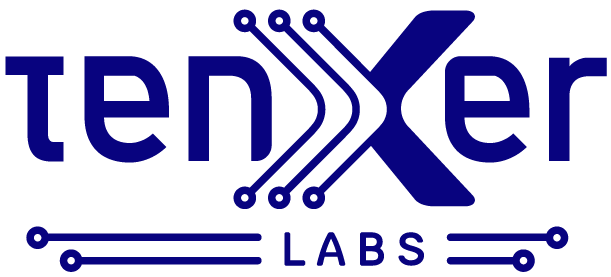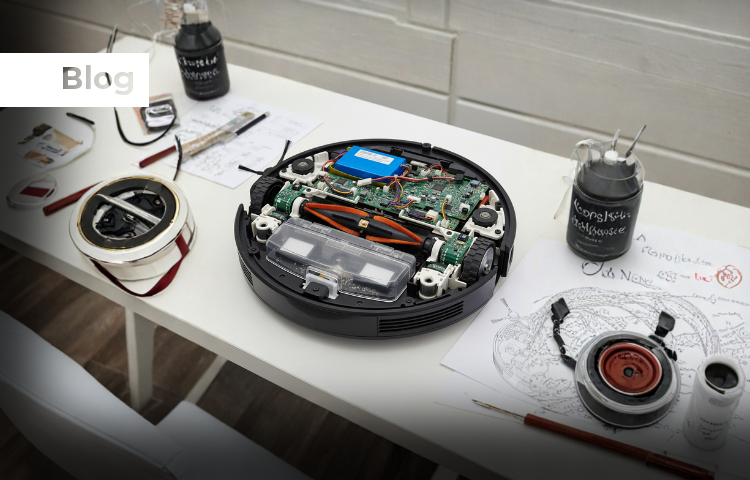The widespread adoption of electric vehicles hinges not only on powertrain innovation but also on a transformation in how we deliver and store energy. Ultra-fast DC charging, battery swapping, and wireless charging technologies promise to reshape the refueling experience, but each method poses unique technical challenges and opportunities. This blog explores the frontiers of these charging solutions, addressing complexities in power electronics, battery management, and grid-scale integration.
Ultra-Fast DC Charging: Pushing the Limits of Power Delivery

Beyond Basic Topologies: Isolated DC-DC converters remain fundamental to ultra-fast EV charging. However, research and development efforts are focused on multi-level, cascaded, and modular designs to unlock increased efficiency, finer voltage control (reducing battery stress), and power scalability. Pioneers in this domain include ABB, Siemens, and Tritium.
The Wide-Bandgap Advantage: Silicon carbide (SiC) and gallium nitride (GaN) devices are revolutionizing charger design, enabling smaller footprints, higher switching frequencies, and superior thermal management – crucial for extreme power levels. Major players in EV-centric power semiconductors include Infineon, Wolfspeed, STMicroelectronics, and onsemi.
Battery-Centric Control: Ultra-fast charging necessitates sophisticated battery management systems (BMS) and algorithms. Minimizing degradation requires precise control over charging profiles tailored to specific battery chemistries and their state-of-health (SoH). This battery-centric approach maximizes speed while safeguarding longevity.
Grid Impact & Mitigation: Ultra-fast charging stations, operating at hundreds of kilowatts or even the megawatt scale, necessitate a holistic grid-level perspective. Integrating energy storage systems (ESS), leveraging renewable generation, and implementing intelligent demand-response strategies are essential for maintaining grid stability in this high-power scenario.
Battery Swapping: Rethinking the Refueling Model
Rapid Mechanical Handling: The success of battery swapping hinges upon the speed and precision of robotic systems that remove depleted packs and insert charged replacements. Advancements in machine vision and fine motion control will be crucial for optimizing this process.
Advanced Battery Pack Design: Swappable battery packs require standardized form factors and connectors, as well as robust cell-level BMS for accurate state-of-charge (SoC) and state-of-health (SoH) monitoring. This granular health data is critical for intelligent management of swappable battery fleets.
Ownership Models & Implications: Battery swapping introduces the possibility of battery-as-a-service (BaaS) models, where ownership of the pack may lie with the swapping operator rather than the vehicle owner. This has implications for upfront costs, battery lifecycle management, and business models within the EV sector. Companies like Nio (China) and Ample (US) are leading the way in this space.
Wireless Charging: Enhancing Convenience, Shaping the Future
Dynamic vs. Static: Wireless power transfer for EVs takes two primary forms: static (parked charging) and dynamic (charging while in motion). Each presents unique challenges and opportunities in power levels, coil alignment, and infrastructure deployment.
Optimizing Power Transfer: Resonant magnetic coupling is key to efficient wireless charging. Compensation network design and real-time tuning are needed to maximize power delivery, especially in dynamic scenarios where vehicle-to-pad alignment can vary.
Mitigating Foreign Objects & EMI: Reliable foreign object detection (FOD) is paramount for safe in-road dynamic charging. Furthermore, power electronics operating at high frequencies in wireless charging systems must carefully address electromagnetic interference (EMI) concerns.
Leading Innovators: WiTricity, Momentum Dynamics, and HEVO Power are among the companies driving advancements in wireless charging technology, alongside research efforts by various automakers.
The Evolving Landscape: Standards, Grid Integration, and Cybersecurity
The Need for Standardization: Fragmented communication protocols and incompatible coil designs hinder interoperability and widespread deployment – this is particularly critical for wireless and battery swapping. Initiatives like CharIN and SAE International play vital roles in standard-setting.
V2G: When Vehicles Become Energy Assets: Two-way power flow will empower EVs to act as distributed energy resources. Developing secure V2G protocols and ICs optimized for bidirectional power transfer will open new possibilities for grid resilience.
Cybersecurity Imperative: As EV charging infrastructure becomes increasingly networked and intelligent, robust cybersecurity measures are paramount. Encryption, authentication protocols, and continuous threat monitoring are just as important as advancements in power conversion and batteries themselves.
System designers have a pivotal role in overcoming the technical hurdles of these transformative charging solutions. Let’s continue driving innovation in power electronics, control, battery management, and secure communication to accelerate the EV revolution.
_____________________________________________________________________________
Are You Ready to Transform Your Understanding of Electric Scooter Design?
Join us for a FREE 3-day workshop on, “Accelerating Electric Scooter Design: Finding the Right IC.”
- Step 1: Book your Seat
- Step 2: Join us for an exhilarating 30 Mins for 3-day journey
- Step 3: Emerge equipped, inspired, and ready to experiment with your design Ideas
Let’s build the next generation of electric scooters together!





